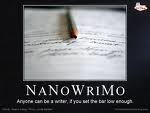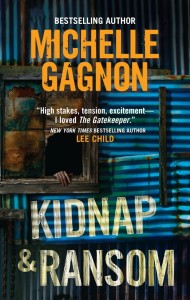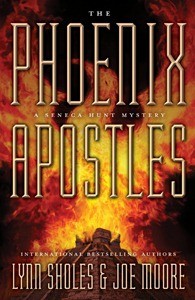Last week we looked at the great semi-colon debate, which was a bit tongue-in-cheek (but only a bit!) Today we look at a real writing controversy, a little thing called backstory. Specifically, how much (if any) do you put in your opening pages?
You will find those who argue that there should be no backstory at all in those first chapters. Why not? Because, by definition, backstory is what has happened before your narrative opens, and you want to establish the action first, get the readers locked in on that.
This is, on the surface, sound advice. These days we do not have the leisure time, a la Dickens, to set the stage and do a ton of narrative summary up front. Or, a la Michener, begin with the protozoa of the pre-Cambrian earth and record their evolutionary development into the Texans of today.
I am an advocate of beginning with action (which doesn’t mean, necessarily, car chases or gun fights). The best openings, IMO, show a character in motion. And further, manifesting a “disturbance” to their ordinary world.
I tell writing students, “Act first, explain later.” A big mistake in many manuscripts is that chapter one carries too much exposition. The writer thinks the reader has to know a bunch of character background to understand the action. Mistake. Readers will wait a long time for the explanations when there’s a character in motion, facing a disturbance.
However, I believe in strategic backstory in the opening. I say strategic because you do have a strategy in your opening, one above all—bond your character with the reader.
Without that character bonding, readers are not going to care about the action, at least not as much as they should. Backstory, properly used, helps you get them into the character so there is an emotional connection. Fiction, above all, should create an emotional experience.
I also stress properly used. That means marbled within the action, not standing alone in large blocks over several pages.
The guys who do this really well also happen to be two of the bestselling novelists of our time, King and Koontz. You think that’s a coincidence?
So here’s the simple “rule.” Start with action. Let’s see a character in motion, doing something. Make sure there’s some trouble, even minor, on the page (disturbance) and then you can give us bite-sized bits, or several paragraphs (if you write them well!) of backstory.
An early Koontz (when he was using the pseudonym Leigh Nichols) is Twilight. It opens with a mother and her six-year-old son at a shopping mall (after an opening line that portends trouble, of course). On page one Koontz drops this in:
To Christine, Joey sometimes seemed to be a little old man in a six-year-old boy’s small body. Occasionally he said the most amazingly grown-up things, and he usually had the patience of an adult, and he was often wiser than his years.
But at other times, especially when he asked where his daddy was or why his daddy had gone away––or even when he didn’t ask but just stood there with the question shimmering in his eyes––he looked so innocent, fragile, so heartbreakingly vulnerable that she just had to grab him and hug him.
Koontz bonds us with this Lead through sympathy. We don’t know why the boy’s father isn’t there, but we don’t have to know right away, do we? In this way Koontz also creates a little mystery which makes us want to keep on reading.
Now, a word of warning when writing in first person POV. It’s much easier for the narrator to give us a backstory dump. But the “rule” remains the same: act first, explain later. To see how it’s done, check out the opening chapter of Harlan Coben’s Gone for Good, which begins:
Three days before her death, my mother told me – these weren’t her last words, but they were pretty close – that my brother was still alive.
We then cut to the mother’s funeral, and the narrator, Will Klein, leaving the house to walk through his old neighborhood. He has a specific place he’s going, the place where a terrible murder happened years before. Along the way he describes the setting and drops in some backstory, especially about one night when his big brother explained the “facts of life” to him from a ninth grader’s perspective. It’s a warm, human bit that creates sympathy. But Coben weaves it in with the action, which is about the narrator getting to the murder spot. That happens on the very next page. Very little time is lost to backstory.
Some time ago I interviewed Laura Caldwell, author of the Izzy McNeil series. She told me the following:
“I wish I’d known how to weave in background information instead of dumping it in big chunks. It’s still something I struggle with, although I think I’ve improved a lot. It’s a skill that has to constantly be refined so the background information which gets delivered reads and feels organic right at that point in the story.”
Good point from Laura.
How do you handle backstory in your opening pages? Are you strategic about it?











